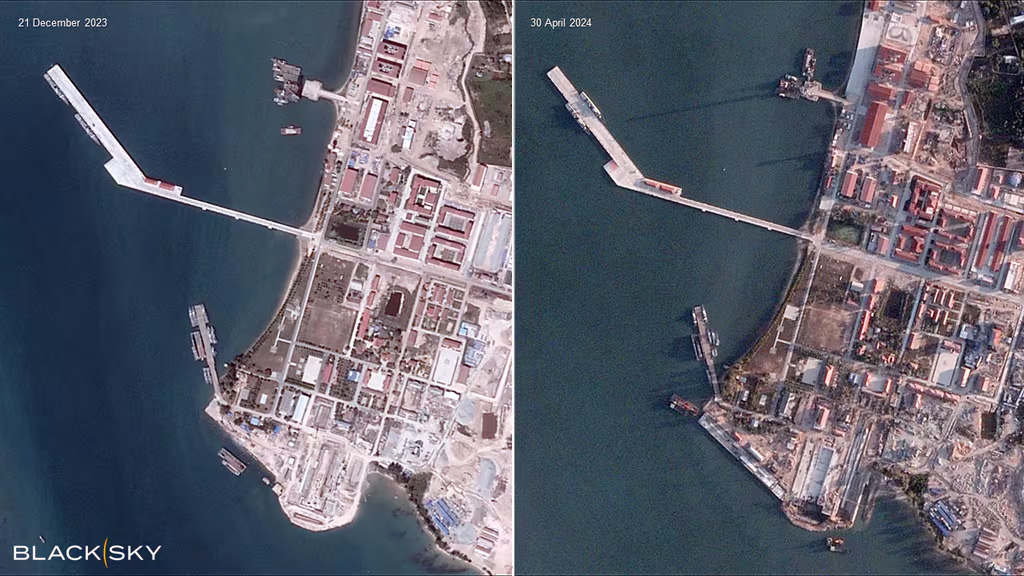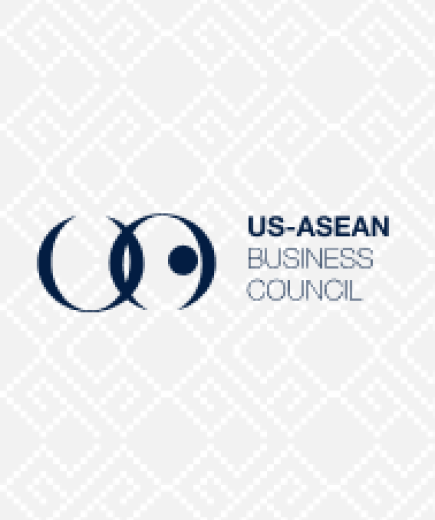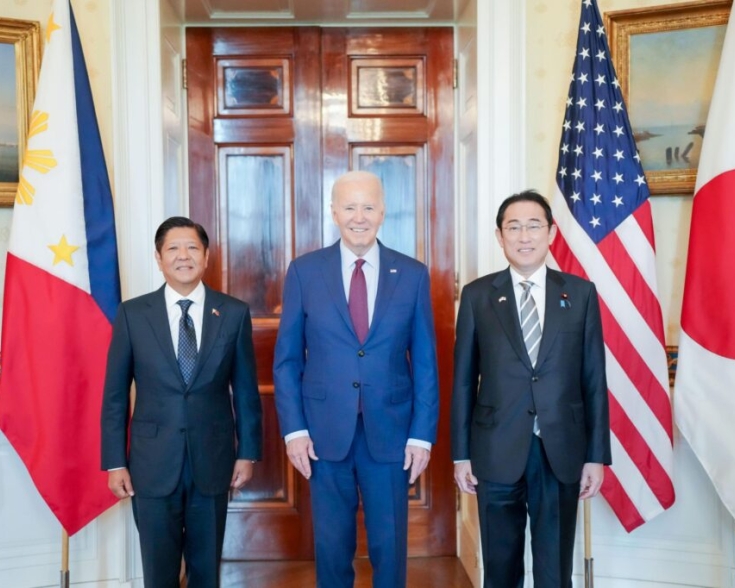Expansions Under Way at Cambodia’s Ream Naval Base

Construction of a new wharf dry dock at Ream Naval Base is nearing completion, prompting increased international scrutiny of the potential Chinese People’s Liberation Army (PLA) presence at the base. Since April, satellite imagery has revealed rapid progress on a 270-meter (886 foot) wharf, roughly 140-meter (459-foot) dry dock, and accompanying maintenance ramp at the southwest corner of the naval base. Although the new pier is too small to host the PLA Navy’s larger ships, it is long enough to accommodate submarines, according to Thomas Shugart, at the Center for a New American Security.
Once these are operational, the base, located in Sihanoukville province on the Gulf of Thailand, will possess two piers funded by the Chinese government. Beginning in 2020, American and Australian-funded facilities at the base were demolished and gradually replaced with a Chinese-funded deep-draft pier and other upgrades. Two PLA Navy corvettes have been docked at the original, northern pier at Ream nearly continuously since December 3, 2024, according to the Asia Maritime Transparency Initiative. The Cambodian Defense Ministry denies that the Chinese presence will be permanent. However, two Japanese destroyers that made a port call to the area in February were rerouted to Sihanoukville Autonomous Port, while Cambodian vessels operating around the base have only docked at its older port. This indicates that the PLA has privileged, if not exclusive access, to the new port at Ream. Other ongoing projects — including the construction of warehouses, watchtowers, potential living quarters, and at least four fuel tanks — suggest plans to continue expanding capacity.
Since 2017, the Royal Cambodian Armed Forces (RCAF) have trained nearly exclusively with the PLA. But over the last few months, even as Chinese-funded construction has proceeded, the RCAF has announced collaborative initiatives with other regional partners, including joint naval drills with South Korea and a training course on disaster relief operations and exchange of military attachés with Japan. The latter was just announced on August 5, during Japanese Defense Minister Minoru Kihara’s visit to Phnom Penh. On July 29, Cambodia and the Philippines also concluded Operation Kouprey, their first-ever joint exercise. While this doesn’t indicate a policy shift from the Cambodians, it certainly hints at diversification of security partnerships and collaboration with U.S. allies and partners in the region.




